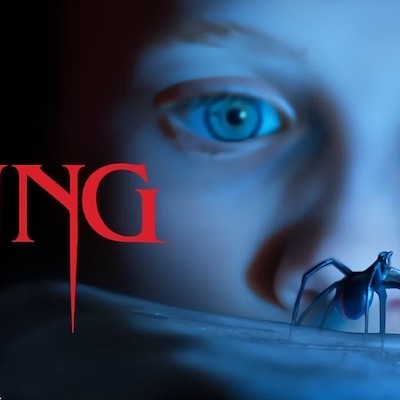Who could have foreseen it? A young Buenos Aires-born, London-based artist who does pseudo-18th-century architectural drawings of fantasy ceramics factories, set amid faux-mechanical renderings of early manufacturing equipment, interspersed with real (though equally fantastic) teapots, storming the ramparts of our bastion of serious art, the Museum of Fine Arts, Houston. Not even storming, but invited in. Impossible, unimaginable, fantastic.
And yet it's happened with the exhibition "Pablo Bronstein: We Live in Mannerist Times," now showing at MFAH. We should be grateful that someone could imagine it -- that would be Pablo Bronstein himself; that someone could foresee it at MFAH -- in this case, Director Gary Tinterow; and that someone, working with those two, could make it possible -- their collaborator in fantasy, Christine Gervais, MFAH associate curator of decorative arts and Rienzi, source of the teapots.
The show is not a site-specific piece (that so often used current buzz phrase) but a site-adaptable one, coming to Houston from an installation earlier this year in a steel-framed former factory in Turin, Italy. Here it's installed in what the artist has termed our steel-framed museum factory, with the steel beams of the gallery purposely un-curtained for the show. It's a show about beauty, which may be only surface-deep; deception -- things may not be at all what they seem; and even corruption. Who knows what stink may be lurking behind pretty facades: Stand warned before you look. (Though you'll probably sniff more of the stink around another of the artist's shows, "Pablo Bronstein: Pissoir" of 2011.)
Or maybe it's not about that at all, because as the artist himself has said, there's an element of "the game" in what he does, as in fun to play, but also perhaps as in "on the game." Some of the fun, and maybe also some of the deception, is in trying to figure out which.
Part of that deception is the seeming simplicity of the show itself. It's not big, and it's in a small space. There are only seven Bronstein ink-and-wash drawings and eight Rienzi pots. Yes, the drawings are intricate deceivers in ornate gold frames; the teapots are outlandish gilt-painted tarts; and the walls are covered in the strangest wallpaper around, also meticulously worked Bronstein drawings, though blown up and mechanically reproduced. But in a museum so full, and with "Spectacular Rubens" so close, it wouldn't be unreasonable for you to breeze in and breeze out with only a quick glance around between breezings.
That would be a mistake, because if you give him a little attention, Bronstein will open up that world of deceit and corruption, but also of beauty and fantasy, both contemporary and antique -- of reality that may not be real and fantasy that may be better than reality. Or may not be.
This time I broke my rule, when approaching an exhibition, of not engaging with artists and curators before I've had a chance to begin forming my view of their work on my own. I went to an artist walk-through and was beguiled by Bronstein. Even seduced might not be too strong a word (though only in an artist/art-reviewer sort of way, of course). I found him so approachable, so alluring, in fact, that later I wondered if this performance artist had simply put on a particularly successful performance to lure me and the other press people present -- all circled around him agog as he spoke -- into his fantasy creation, ensnaring us so that we could write only adoring things.
I'm sure it wasn't so. He seemed like such a nice guy. But if it had been so, how appropriate it would be to an experience of his work. Because what he's talking about, at least in part, is the deceit and corruption that may lurk behind the pretty facade. Things may not be what they seem at first glance; probably aren't. And what they are behind the mask may not be pretty; probably isn't. That's why masks were invented -- so that people (and societies, I think he's telling us) can be and do things that maybe need to be, perhaps must be, surely will be done, without our having to look them in the face.
I know that "overwrought" and "purple prose" are terms that may have come to mind for the few who've actually read this far. So be it. That too is part of what Bronstein's work is about. These are not the contemporary drawings we've come to expect -- a few black lines on a white sheet and suchlike. The white cube-ers may even think these drawings more high kitsch than high art. Okay, whatever they say. Lucky for us there's room in the world, and in the museum, for this art, too.






